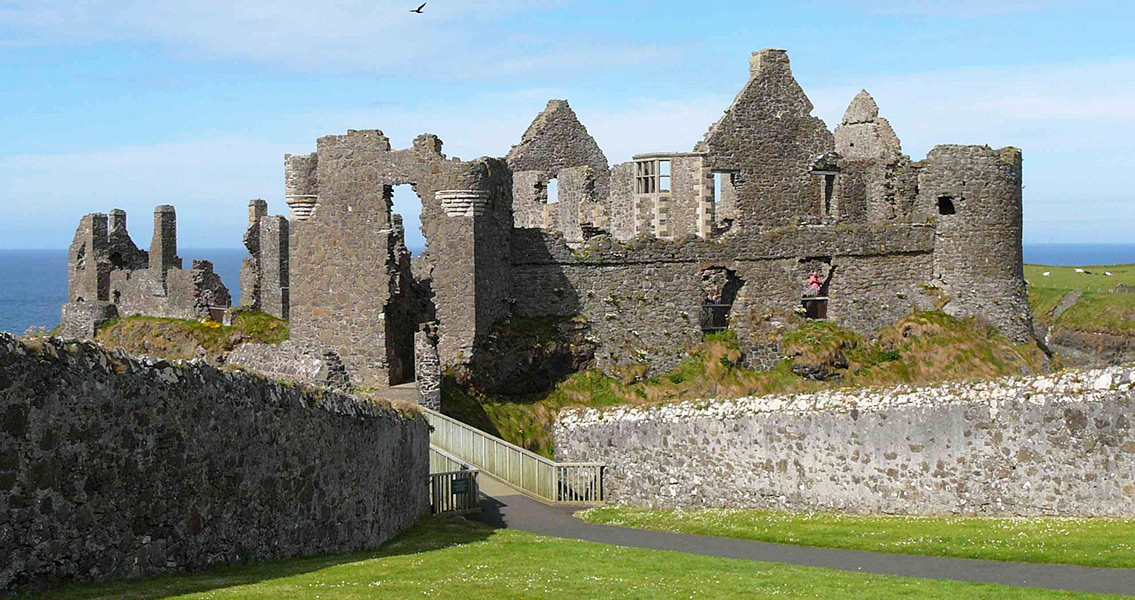<![CDATA[Archaeologists have just discovered the remains of an unknown Irish settlement. Whilst searching for a lost seventeenth-century town, archaeologists have found evidence of an even older undiscovered settlement. Excavations undertaken by the Northern Ireland Environment Agency near Dunluce Castle unearthed a structure, believed to be from the fifteenth century. Radiocarbon dating of the clay floor of the structure suggests an earlier community could have lived in Dunluce during the late fifteenth and early sixteenth centuries. If the structure is from the fifteenth century, it would mean that the growth of Dunluce as a medieval urban centre had started much earlier than previously thought. Dunluce castle was first built in the thirteenth century by Richard Óg de Burgh, 2nd Earl of Ulster. It is connected to the mainland via a bridge, as the castle is surrounded by extremely steep drops on all sides, which made it a desirable location for early Christians and Vikings, who used it as a defensible position. The castle is now in the care of the Northern Ireland Environment Agency and classified as a Monument in State Care. Dunluce is already known to have been an important settlement in the seventeenth century, but any remnants of this era of the town’s history have since disappeared. In 2011, a major archaeological dig found significant remains of the ‘lost town of Dunluce,’ which had been razed to the ground during the Irish uprising in 1641. The town of Dunluce was built around 1608 by Randall MacDonnell, first Earl of Antrim, and situated adjacent to the castle. It is thought to have contained the most revolutionary housing of the seventeenth century, with indoor toilets and a complex grid-based street network. To date, 95% of the settlement has yet to be discovered. “[Dunluce] was targeted for excavation as it was expected that remains of the seventeenth century town survived there,” said Mark H. Durkan, the Environment Minister for Northern Ireland. “The archaeologists found the remains of a stone-built structure that had a doorway at the corner, which is quite different to the seventeenth century buildings revealed to date.” A fireplace in the recently excavated building has been accurately dated to the late fifteenth century; this has led archaeologists to infer that an earlier phase of settlement took place around Dunluce. “Up to now we knew there was a substantial seventeenth century settlement in the fields around Dunluce,” Mr Durkan said. “What we are now beginning to uncover are traces of earlier and extensive late medieval settlement activity which are equally as important as the remains of the seventeenth century Dunluce Town.” It is thought that the first documented owners of Dunluce castle, the McQuillan family, built a stronghold there 500 years ago. Possibly, the McQuillans’ fortification led to the development of the surrounding area; the discovery of a fireplace from the fifteenth century could be evidence for this early development of Dunluce town. “This is a tremendously exciting historical development,” Mr Durkan said. “Very few fifteenth century buildings, other than those built entirely from stone, have survived in Ulster… We are extremely lucky to make this exciting discovery.” Image courtesy of Wikimedia commons user: Osioni ]]>
Previously Unknown Irish Settlement Discovered
